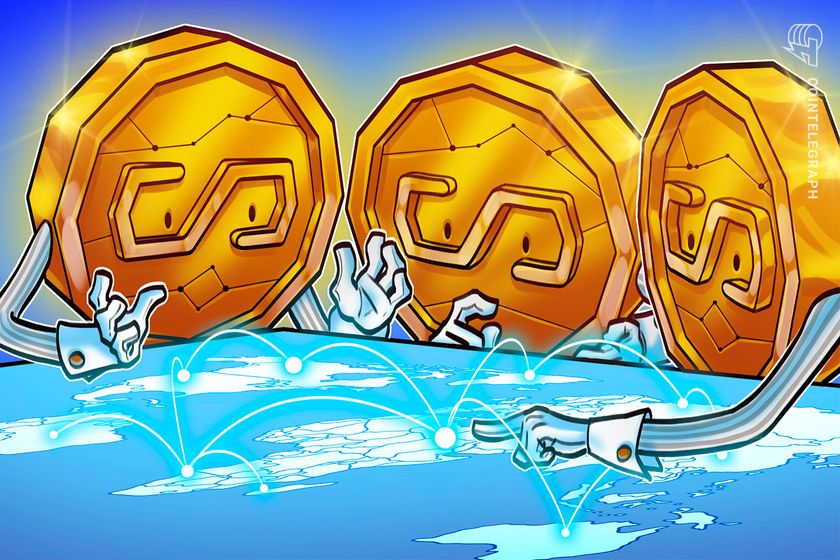[데뷔60주년] 남진 60주년 전국투어 감동 콘서트 일정 및 예매
60년을 기다려온 단 하나의 무대, 가요계의 전설 남진이 전국투어로 돌아옵니다. 과거의 향수와 현재의 감동을 동시에 느낄 절호의 기회입니다. 전국 곳곳에서 진행되는 이 콘서트는 단순한 공연을 넘어 '남진의 인생사'를 무대 위에서 마주할 수 있는 특별한 순간입니다. 지금 예매하지 않으면, 진짜 후회할지도 모릅니다. 아직 남진을 몰랐다면, 이번 콘서트가 인생 첫 '찐 감동'이 될지도 모릅니다.

